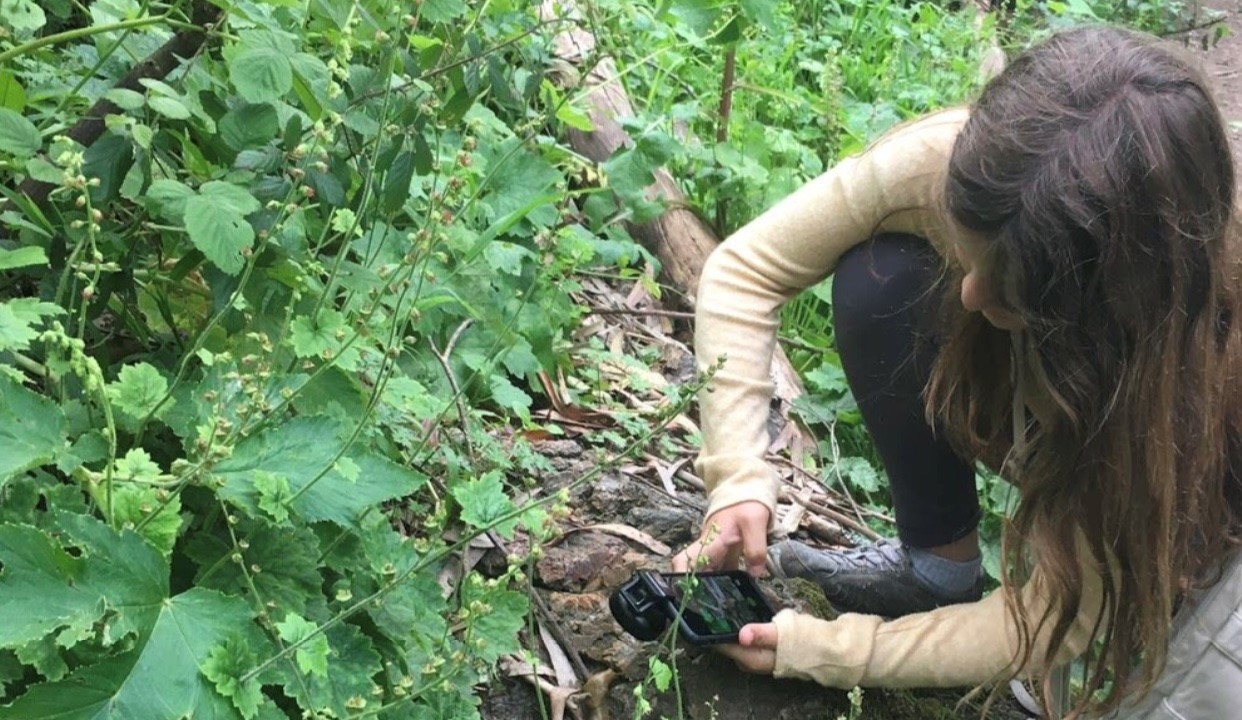Record local observations from April 30-May 3
| As community science initiatives — which provide a safe way to connect people with nature and each other during the pandemic — continue to grow in popularity, this year’s sixth annual City Nature Challenge is expanding to more than 400 cities across six continents. The global event, co-organized by San Francisco’s California Academy of Sciences and the Natural History Museum of Los Angeles County, calls on current and aspiring community scientists, nature and science fans, and people of all ages and education backgrounds to observe and submit pictures of wild plants, animals, and fungi using the free mobile app iNaturalist. “Participating in the nature challenge is an easy way for residents to get outside, explore the beautiful natural areas we have in Kansas City, and learn more about the wildlife that is living right next door,” says Lara Isch, Kansas City’s Sustainability Manager. “Many residents will be surprised to know that we have bald eagles in our parks, river otters in the Missouri River, and beavers in Brush Creek.” The Greater Kansas City Nature Challenge was first championed by the Kansas City Zoo. This year, they partnered with Kansas City’s Office of Environmental Quality to help recruit additional partners throughout the community. “It is part of the Kansas City Zoo’s mission to help our community understand the importance of wildlife and biodiversity, so that we can better preserve our natural world. The City Nature Challenge is the perfect opportunity for us to work with local partners to engage residents in discovering and appreciating all the natural habitats and wildlife living in the Greater Kansas City area,” notes Stacia Pieroni, Conservation Manager for the Kansas City Zoo. Observations taken during the nature challenge feed into a global database of wildlife, but also inform the work of local conservation organizations and give local and regional entities verified scientific data to help apply for grant funding to protect our greenspaces and species. With travel restrictions due to the pandemic, scientists more than ever rely on observations from community scientists for important findings. During the 2020 City Nature Challenge, participants in Miami spotted an amethyst hairstreak butterfly, a species nearly extirpated from the United States. In Panama, community scientists documented a vibrant — and critically endangered — harlequin frog. And in Washington D.C., participants recorded Arlington County’s first observation of a white-spotted slimy salamander in over 40 years. Over 1,300 endangered, endemic, or data deficient species were recorded during the 2020 City Nature Challenge. This influx of information gives scientists, educators, urban planners, and policymakers insight into the biodiversity of locations throughout the world. In response to the pandemic, this year’s Challenge will not be focused on competition, but rather global collaboration as more than 41,000 people around the world are estimated to join in. For both budding and veteran community scientists, participating is easy: Find wildlife in your home, neighborhood, backyard, or anywhere else! It can be any wild plant, animal, fungi, slime mold, or any other evidence of life, such as scat, fur, tracks, shells, or carcasses. Check out this guide for tips on finding the surprisingly abundant biodiversity in and around your own home! Take pictures of what you find using iNaturalist. Learn more as your observations are identified. From Friday, April 30 to Monday, May 3, participants can upload their observations to the app, with identifications happening from Tuesday, May 4 to Sunday, May 9. Final results will be announced on Monday, May 10. You can find more information at www.kcmo.gov/programs. Social Media #CNCGreaterKC #CityNatureChallenge Twitter handle: @citnatchallenge |
